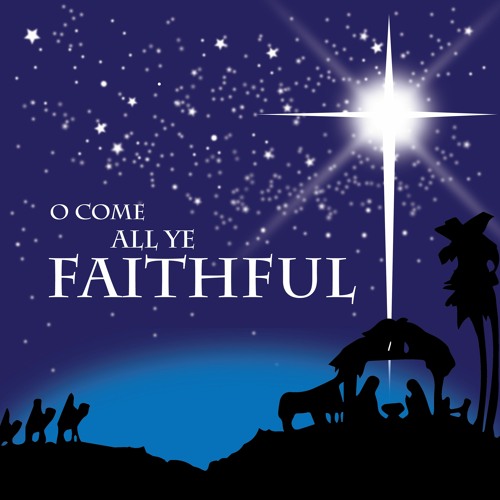 | O Come All Ye Faithful (Adeste Fideles)writers unknown |
Writer(s): unknown (see lyrics here) Published: 1751 First Charted: December 30, 1905 (Columbia Male Quartet) Peak (various versions): 2 PM, 48 HR, 20 AC, 60 CW, 1 DF (Click for codes to charts.) Sales (in millions): -- Airplay/Streaming (in millions – all versions): -- radio, 106.9 video, -- streaming |
Awards:Click on award for more details. |
About the Song:The origins of “O Come All Ye Faithful” (Adeste Fideles” in its original Latin) are unknown. The original words have been credited as far back as the 13th century to St. Bonaventure and King John IV of Portugal in the 17th century. It is more widely believed that the text was written by anonymous Cistercian monks. WK Musicologists have generally credited the original words to John Francis Wade, a music copyist who published the words in Cantus Diversi in 1751. WK The text has been translated many times into English, most often credited to Catholic priest Frederick Oakeley in 1841. WK German-British composer George Frideric Handel, German composer Christopher Willibald Gluck, English composer John Reading, Portuguese composer Marcos Portugal, and English composer Thomas Arne have all been credited as potential composers of the melody. WK The first charted version of the song came in 1905 when the Columbia Male Quartet reached #7. Others to chart with the song include John McCormack (1915, #2 PM), the Associated Glee Clubs of America (1925, #5 PM), Bing Crosby (1945, #45 PM, 48 HR), Faith Hill (2009, #60 CW), and Chris Mann (2012, #20 AC). The hymn is played by a symphony orchestra at Carnegie Hall in the 1992 film Home Alone 2: Lost in New York. In 2003, a recording of “Adeste Fideles” was added to the National Recording Registry. It was featured on The Eveready Hour, which was broadcast at 9pm over New York’s WEAF. The March 31, 1925 program was simultaneously broadcast on multiple radio stations around the country. A mass alliance of glee clubs known as the Associated Glee Clubs of America was featured on the program. It was “one of the first electronically captured musical performances.” NRR “Twelve conductors representing fifteen clubs “took turns leading the massed chorus.” NRR In June 1925, a recording of the performance was promoted as “4,850 voices on one record! The most unusual phonograph record ever made with ‘Adeste Fideles’ and ‘John Peel.’” NRR Resources:
First posted 12/20/2023. |










